Screen talks to the famed costume designer who has worked on Fight Club, Blade Runner, Flashdance, Burlesque and Mission: Impossible 4.
Costume designer Michael Kaplan has worked on some of cinema’s most iconic looks: dystopian goth Pris in Blade Runner, leather-jacketed Tyler Durden in Fight Club, the ripped sweatshirt worn by Jennifer Beals in Flashdance, and the updated Enterprise uniforms for JJ Abrams’ Star Trek. More recently he has worked on Burlesque and Mission: Impossible - Ghost Protocol, and is about to start on the next Star Trek film. Screen caught up with Kaplan this week as he attended the second Aruba International Film Festival.
Was working on Burlesque especially challenging because the costumes are so integral?
It was one of the hardest films I’ve ever done, for a lot of reasons. The chief reason it was so hard was that we didn’t have that much time. And it was so laden with musical numbers. We shot for 10 weeks and we had about 20 musical numbers. It was like doing two music videos a week plus the rest of the movie. Because there were professional dancers dancing very hard we had to have shoes made and the best place to have shoes made is in Italy. And then they’d get stuck in customs and we’re on a deadline. And all the dancers would have specific needs for their shoes, everyone had to be dealt with individually so they could do their job. Plus I had all these musical numbers with different themes and colour schemes and try to keep it intersing so that the audience wasn’t sitting through the same musical number. And Christina Aquilera was going through a lot and she was very delicate, then Cher is the biggest icon in the world and has her needs.
Plus a lot of the dancers were small breasted, and the film is called Burlesque and you need them to look curvy and voluptuous and buxom. By the end of it I was longing for another World War II movie.
How do you appraoch the work, do you read the script first or meet with the director first?
It’s usually been that I read the script and then go in for a meeting with the director. But of late the scripts are so secretive that they don’t even let you read it until you decide to do the movie. How do you know that you want to do the movie until you read the script? So that’s a bit odd but for some of my recent movies when I hadn’t read the script I just wanted to work with the director if I knew I could have a good relationship with them.
What are you doing next?
I just finsihed Mission: Impossible - Ghost Protocol. I did Star Trek with JJ Abrams and he wanted me to do Super 8 and Mission: Impossible 4, and they happened at exactly the same time and I had even started Super 8 and left to do Mission Impossible because he felt that the director Brad Bird who had never done a live action film before, really needed somebody to be with him all the time. So I ended up doing Mission and leaving Super 8, which made me sad because I like working with JJ so much. But I’m working with him on the new Star Trek movie, I start right after July 4.
How do you choose projects?
What it comes down to is if I’ve just come off a film that would be too much of the same, like two superhero films or two futuristic films or something like that. Usually if there’s something that seems like a good opportunity, you can’t be that picky. I’ve been very lucky and had work offered a lot and can go from film to film.
Do you prefer contemporary or period work?
I’ve done a lot of contemporary movies. Any movie is hard, so I like to do something that’s going to engage me and be creative so I’d like to do more period movies. But then again something like Fight Club was so creative and challenging. It all depends on reading the script and having something click.
What do you do when you can’t find something you need, maybe something vintage?
You start with your sources in Los Angeles and if you can’t find it there you move on to New York or San Francisco or Rome or London. You just keep branching out further and further until you find what you need.
How much does the internet help?
It helps with that, it helps with research, with sourcing, it helps with everything. But you used to have more prep time. So it’s like people know you’ve got certain things at your fingertips to make your job easier, so they take away time so that you’re back to where you started.
From your perspective, what can producers do to enable costume designers to do their jobs better?
Definitely give us more time and possibly respect. I think costume designers can be the most overlooked part of the film industry and I think costumes are on the actor front and center, enabling the actor to get into the character, and yet it seems strange to me that a lot of producers find costumes frivolous or unimportant, or not as necessary as a lot of the other departments. If you see bad costuming it just sets you in the wrong direction. You assume all the costumes are there for a reason and they are giving you [as an audience] information. And if they are giving you misinformation it really can send you off in the wrong director or ruin the movie.

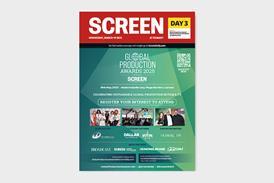




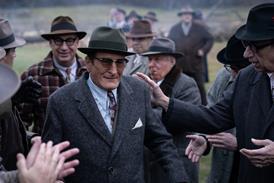




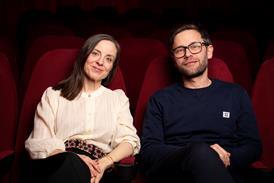
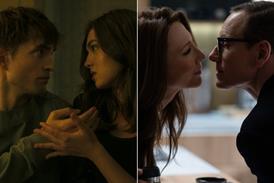
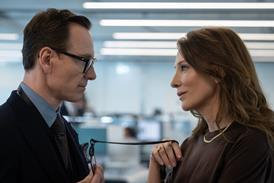







No comments yet